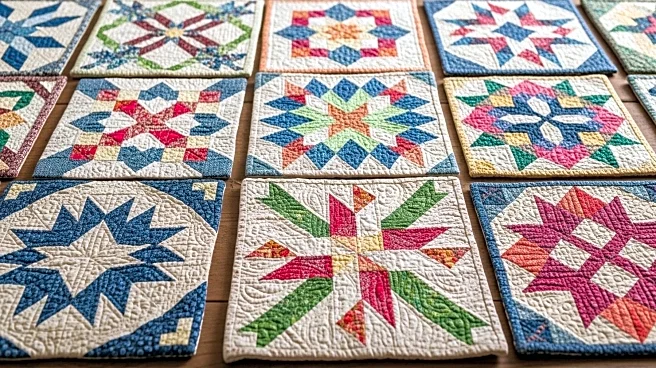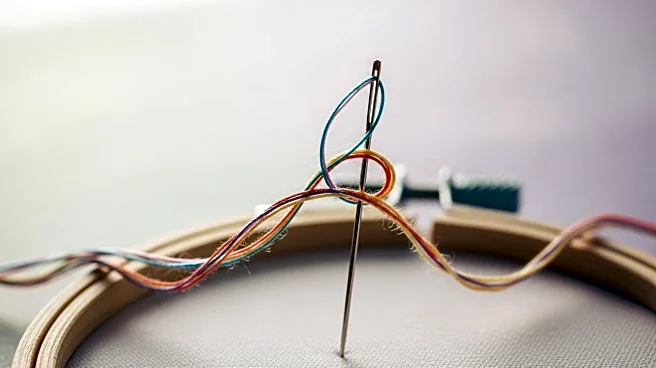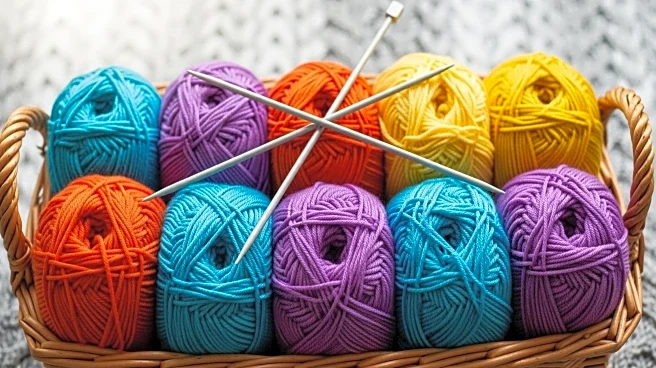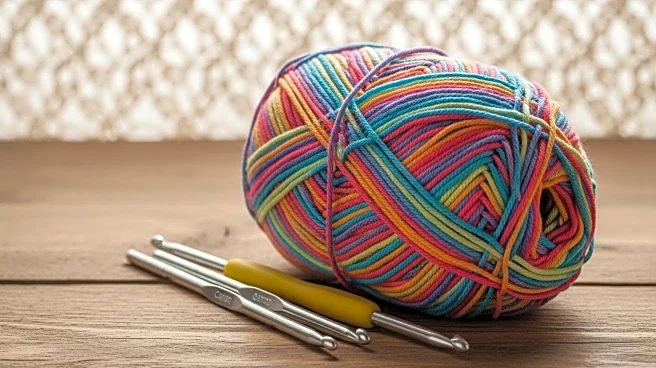The history of quilting dates back as far as 3400 BCE, primarily serving as a practical technique for physical protection and insulation. Over time, quilting evolved to include
decorative elements, transforming many quilts into art pieces. Quilting is not limited to quilts alone; it is also found on clothing, particularly jackets. In the 19th century, quilting played a role in the abolitionist movement, with quilts sold at fairs to raise awareness and funds for the cause. These quilts often featured anti-slavery poems and sayings, highlighting the plight of slaves. Quilting stitches were a source of pride for women, with finely wrought and evenly spaced stitches making designs stand out. Today, quilting continues to thrive, with quilt stores offering pre-marked quilt tops ready for layering and quilting by hand or machine, reflecting a revival of traditional techniques.
For the benefit of users - Parts of this article may include content generated using AI tools. Our teams are making active and commercially reasonable efforts to moderate all AI generated content.
Our moderation processes are improving however our processes are carried out on a best-effort basis and may not be exhaustive in nature. We encourage our users to consume the content judiciously and rely on their own research for accuracy of facts. We maintain that all AI generated content on our platform is for entertainment purposes only. To know more about how we use AI, you can write to us at support_spaces@glance.com












